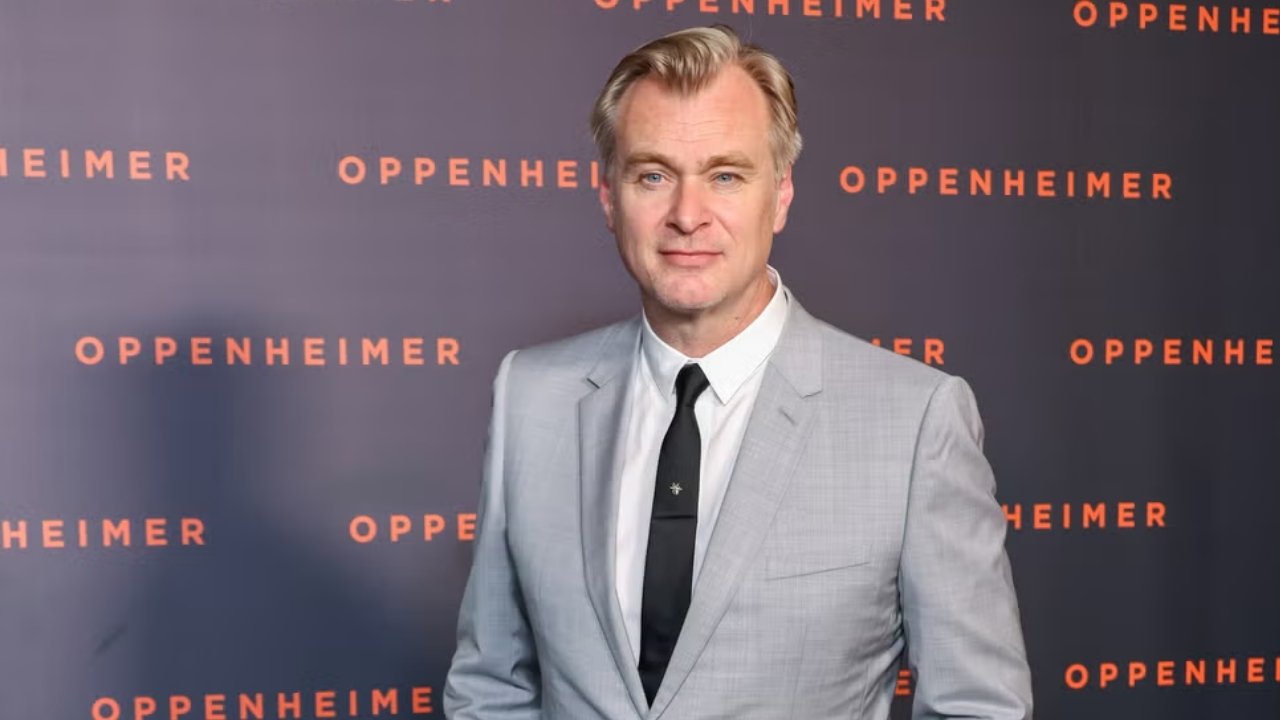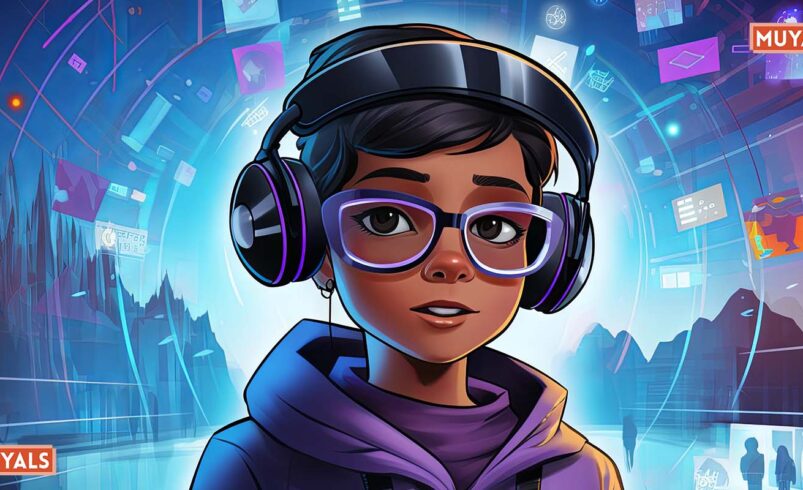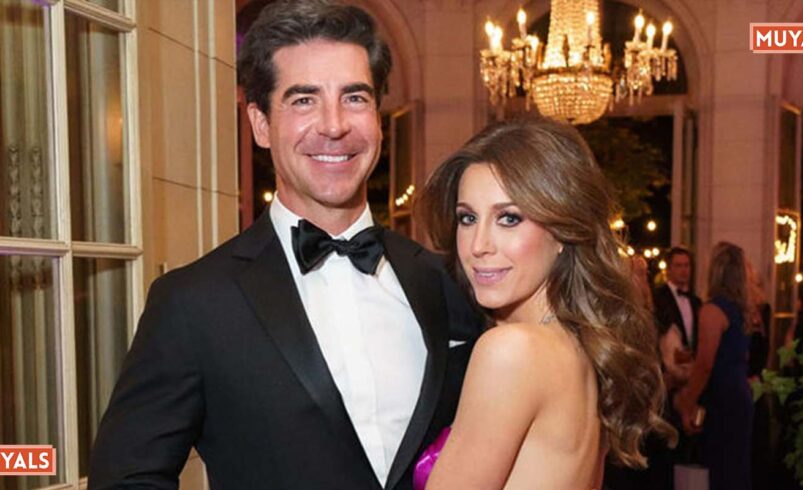Imagine walking through an art gallery, admiring the sweeping strokes of classical portraiture. Suddenly, your gaze shifts to a piece that doesn’t quite follow the usual rules—features exaggerated, faces distorted in a comical, yet strangely beautiful way. This is where caricatronchi comes into play, a blend of caricature with the traditional foundations of fine art.
But how did this fusion of humor and classical art come about, and why is it so relevant today? In this article, we will explore the origins, significance, and influence of caricatronchi, a relatively lesser-known but fascinating artistic genre that brings a unique flair to both classical and contemporary art scenes.
What is Caricatronchi?
The Fusion of Caricature and Traditional Art Forms
Caricatronchi is an artistic style that combines the whimsical exaggeration of caricature with the meticulous technique of classical portraiture and fine art. The term itself is a fusion: caricature refers to the comic distortion of features, often for humorous or satirical effect, while tronchi comes from the Italian word for “trunks,” symbolizing the grounding, rooted techniques of traditional art.
This unique blend allows artists to create portraits that are both visually engaging and thought-provoking, often mixing humor with profound commentary on society, identity, and human nature.
The Significance of Caricatronchi in Art History
Challenging Traditional Portraiture
For centuries, portraiture was meant to present subjects in an idealized, often stoic, manner. However, caricatronchi brought forth a shift, where the subject’s features were amplified or distorted in a manner that defied classical norms. This not only challenged the viewer’s perception of beauty but also opened the door to critique and self-expression.
Real-World Example: The Influence of Modern Artists
One notable example of caricatronchi in modern times is the work of Italian artist Carlo Ponzio. Ponzio’s art blends surrealism, caricature, and realism, transforming traditional portraits into dynamic pieces of art that challenge the viewer’s understanding of the human form. His works often feature exaggerated facial features, which retain their classical finesse and balance, making the distortions not just comical, but deeply philosophical.
How Caricatronchi Impacts Contemporary Art
The Role of Humor in Art
Humor has always had a place in art, but caricatronchi pushes it to the forefront. Unlike traditional portraits, where humor is subtle or absent, caricatronchi infuses a sense of playfulness that can draw in a wider audience. The exaggeration of features not only entertains but also prompts viewers to reflect on the cultural norms and social constructs of beauty.
Expert Insights: The Appeal of Caricatronchi
Why Caricatronchi Resonates with Modern Audiences
Experts argue that the appeal of caricatronchi lies in its ability to both entertain and educate. Art historian Dr. Francesca Bianchi mentions, “By distorting reality, caricatronchi artists create a dialogue between humor and intellect, engaging audiences in a deeper conversation about societal ideals and personal identity.”
In addition, psychologists suggest that humor in art is a powerful tool to deal with complex emotions. By laughing at a distorted figure, we can confront uncomfortable truths about ourselves and the world around us. This makes caricatronchi not just an aesthetic pursuit, but also a form of social commentary.
The Psychology of Exaggeration in Art
Exaggeration is a psychological tool that speaks to our innate ability to recognize patterns. When artists exaggerate facial features, it’s as if they are amplifying what we instinctively look for in human expression. This taps into a deep emotional response, making the artwork more memorable and impactful.
Pros and Cons
Pros:
- Enhanced Emotional Connection: The playful distortion of faces can evoke emotions like humor, empathy, or nostalgia.
- Artistic Freedom: Caricatronchi allows artists to break free from traditional art standards and experiment with new forms of expression.
- Accessibility: This art form resonates with a broader audience because it combines humor with beauty, making it easier to digest than more abstract or traditional art.
Cons:
- Potential Misunderstanding: The humor and exaggeration in caricatronchi may not be well-received by everyone, especially traditional art enthusiasts.
- Risk of Oversimplification: In some cases, focusing on exaggerated features could risk reducing the complexity of the subject matter or emotional depth.
Caricatronchi in Popular Culture: Real-World Impact
From caricature artists on the streets of Paris to modern-day meme culture, the influence of caricatronchi extends beyond the confines of traditional galleries. The internet has made it easier for such art to reach millions, where exaggerated facial features often play a central role in memes and online commentary.
Example: Political Cartoons and Social Commentary
Caricatronchi’s influence is evident in political cartoons, where caricature techniques are used to amplify the features of politicians, thus making a powerful statement on their character or actions. This blend of humor with serious topics allows for a critique of societal norms while entertaining the audience.
The Future of Caricatronchi: Is It Here to Stay?
The Growing Popularity of Digital Art
With the rise of digital art platforms, caricatronchi is seeing a resurgence. Digital tools allow for even more exaggerated distortions and quicker experimentation, enabling artists to create bold, impactful pieces that would have been difficult to produce using traditional mediums.
Conclusion: The Enduring Legacy of Caricatronchi
Caricatronchi represents an exciting crossroads between caricature and classical art, blending humor with fine technique. As artists continue to push the boundaries of traditional portraiture, this art form encourages both intellectual and emotional engagement, making it relevant to today’s art lovers and critics alike.
Though it started as a challenge to traditional norms, caricatronchi has evolved into an artistic movement that continues to resonate with modern audiences. Whether used for social commentary, personal expression, or just for fun, caricatronchi holds a special place in the world of art—a timeless fusion of the comical and the classical.
FAQs
What is caricatronchi?
Caricatronchi is an art movement that combines the exaggerated features of caricature with traditional classical art techniques, resulting in portraits that are both humorous and thought-provoking.
Who are some famous artists known for caricatronchi?
Artists like Carlo Ponzio have made significant contributions to the caricatronchi movement by blending caricature with fine art, creating works that challenge traditional portraiture.
How does caricatronchi differ from traditional caricature?
While traditional caricature focuses solely on exaggeration for humor, caricatronchi blends this exaggeration with classical techniques to produce art that is both comical and visually rich.
Visit More: Muyals









